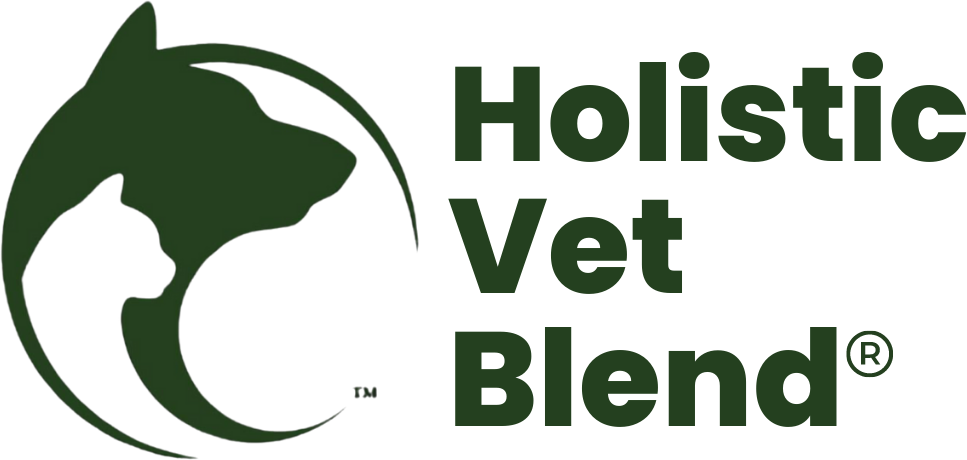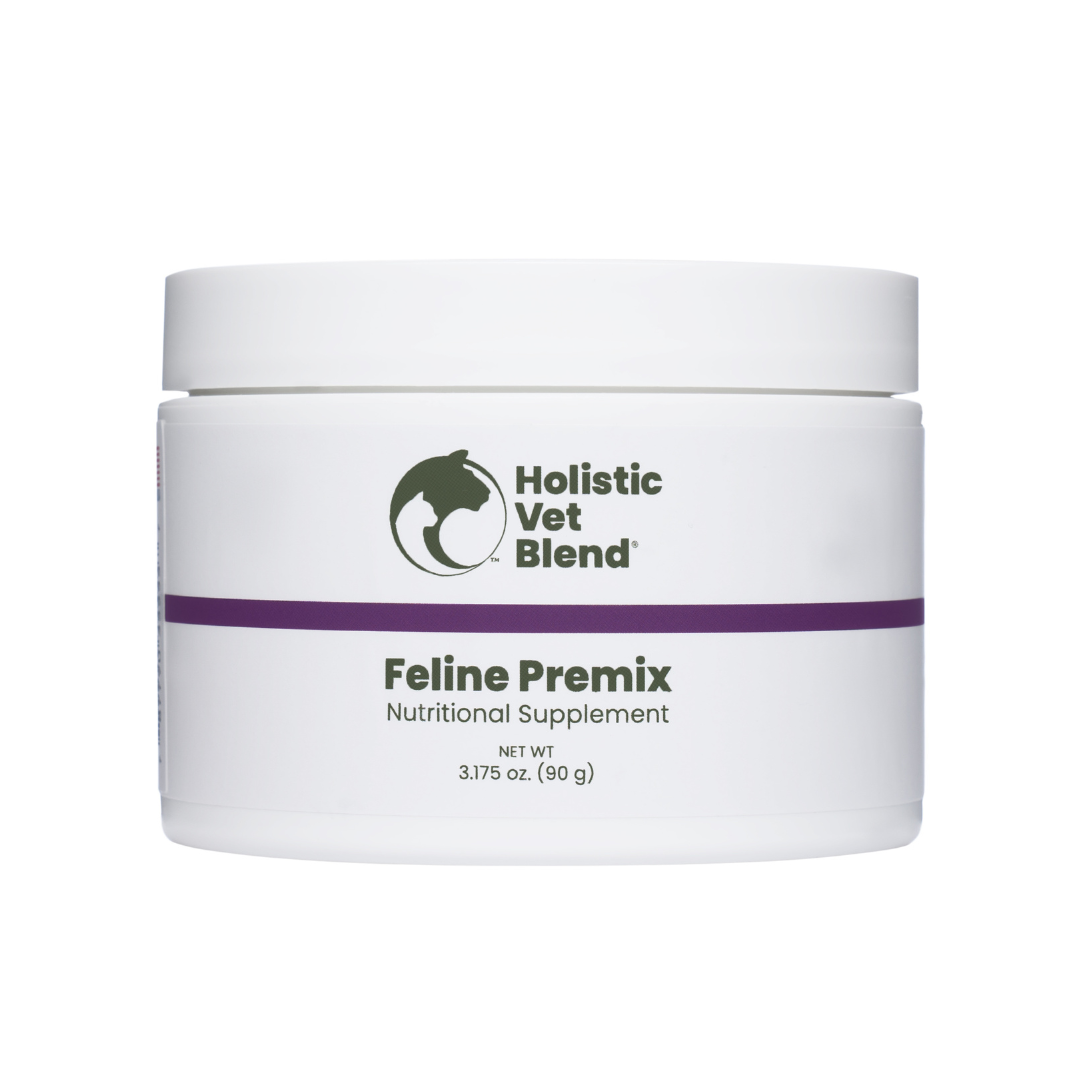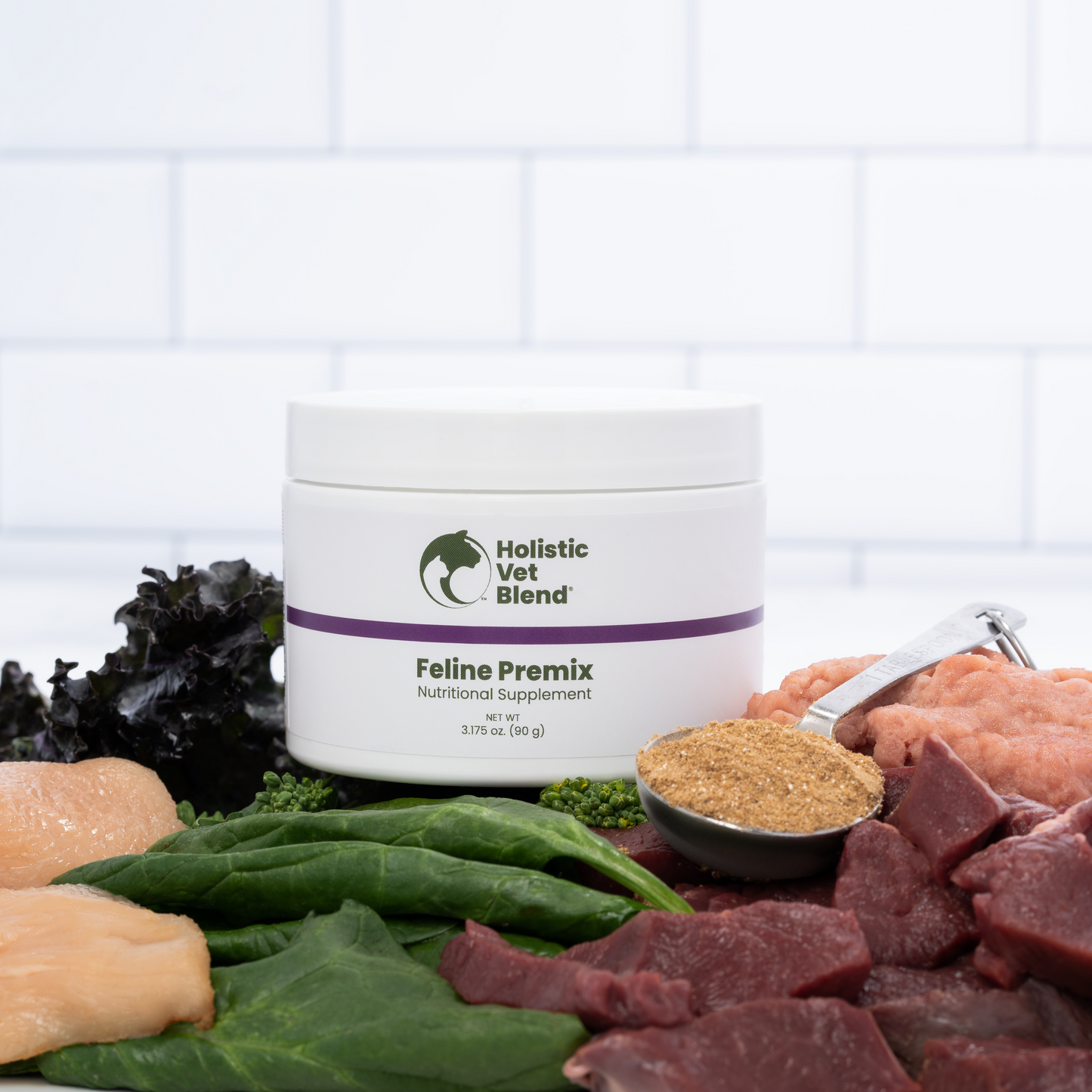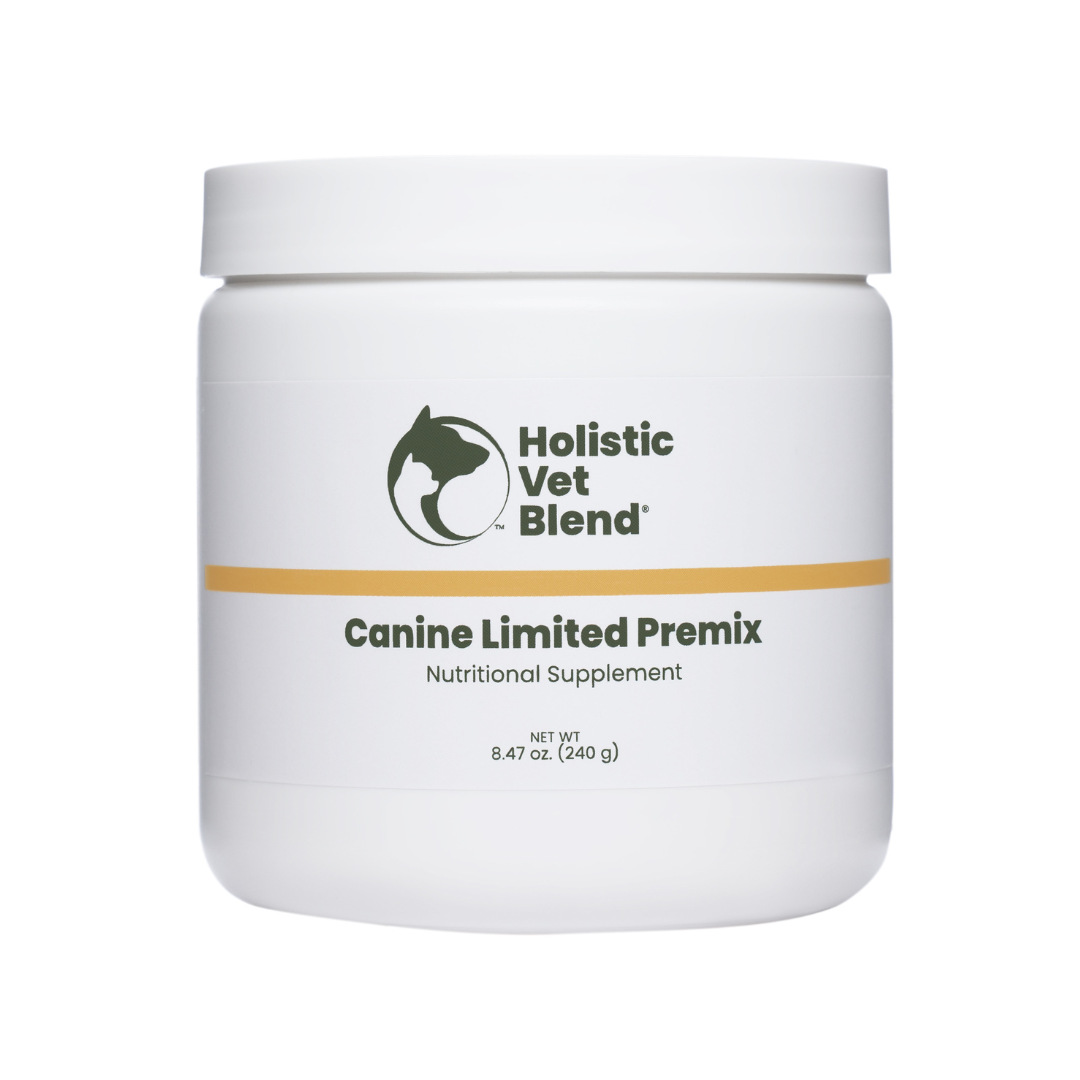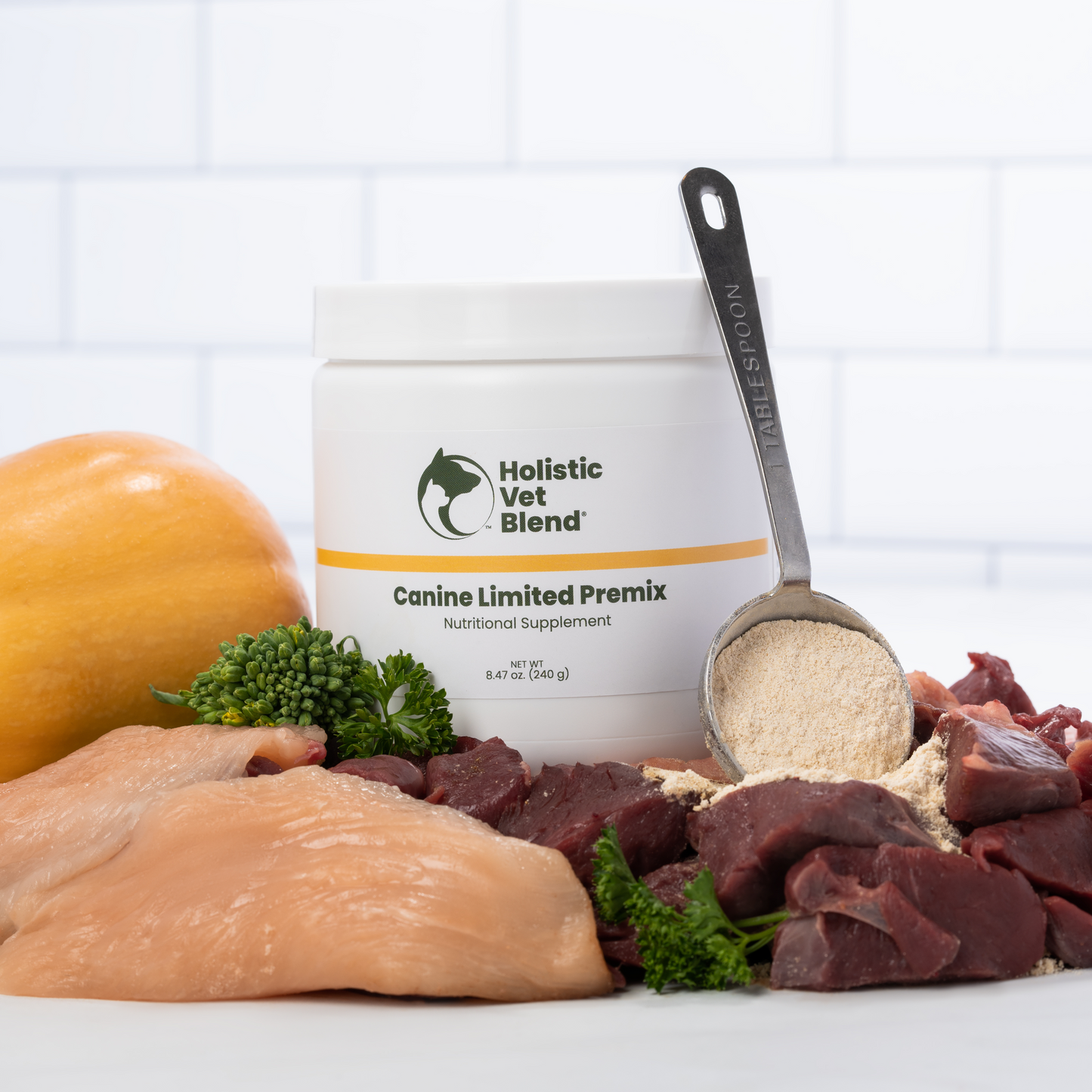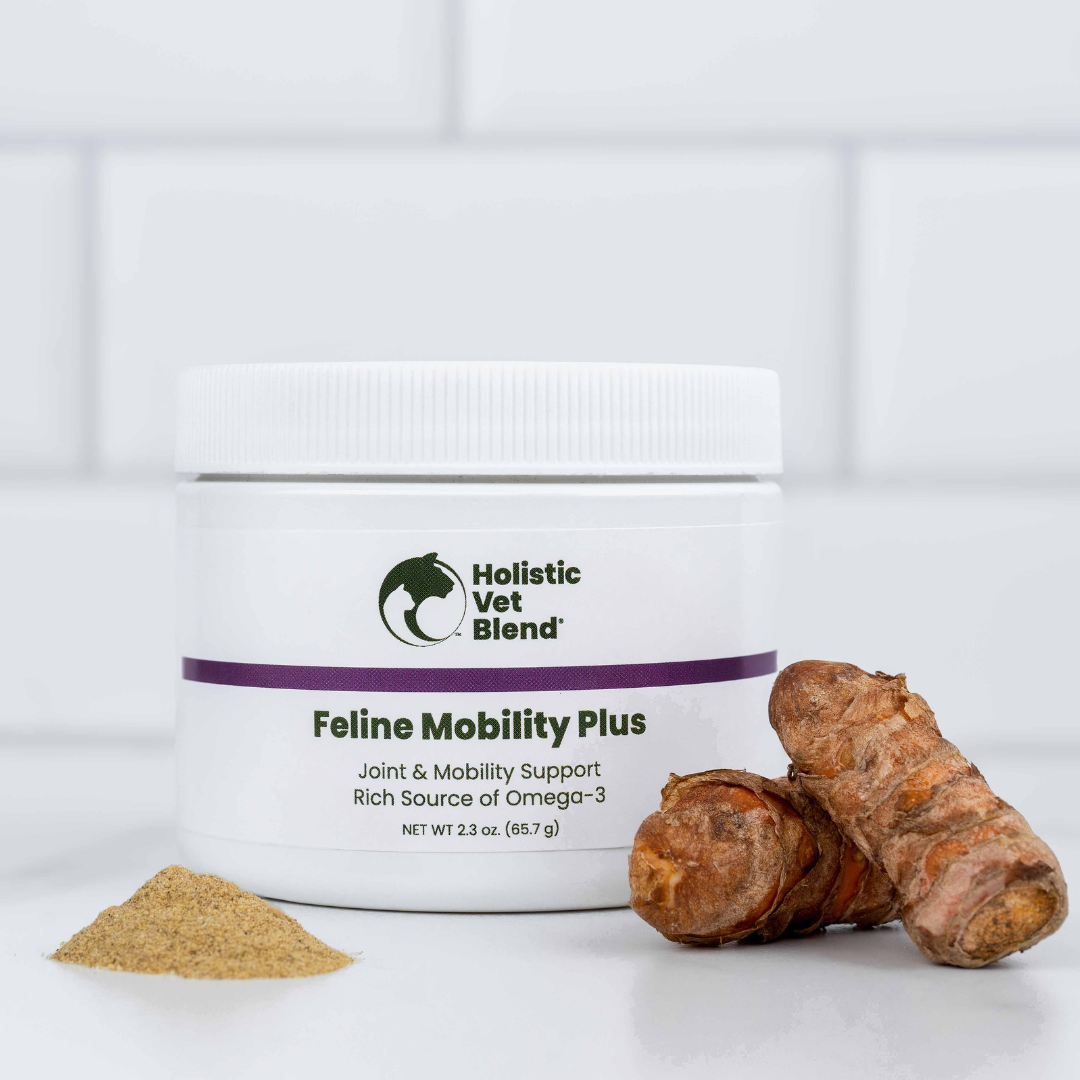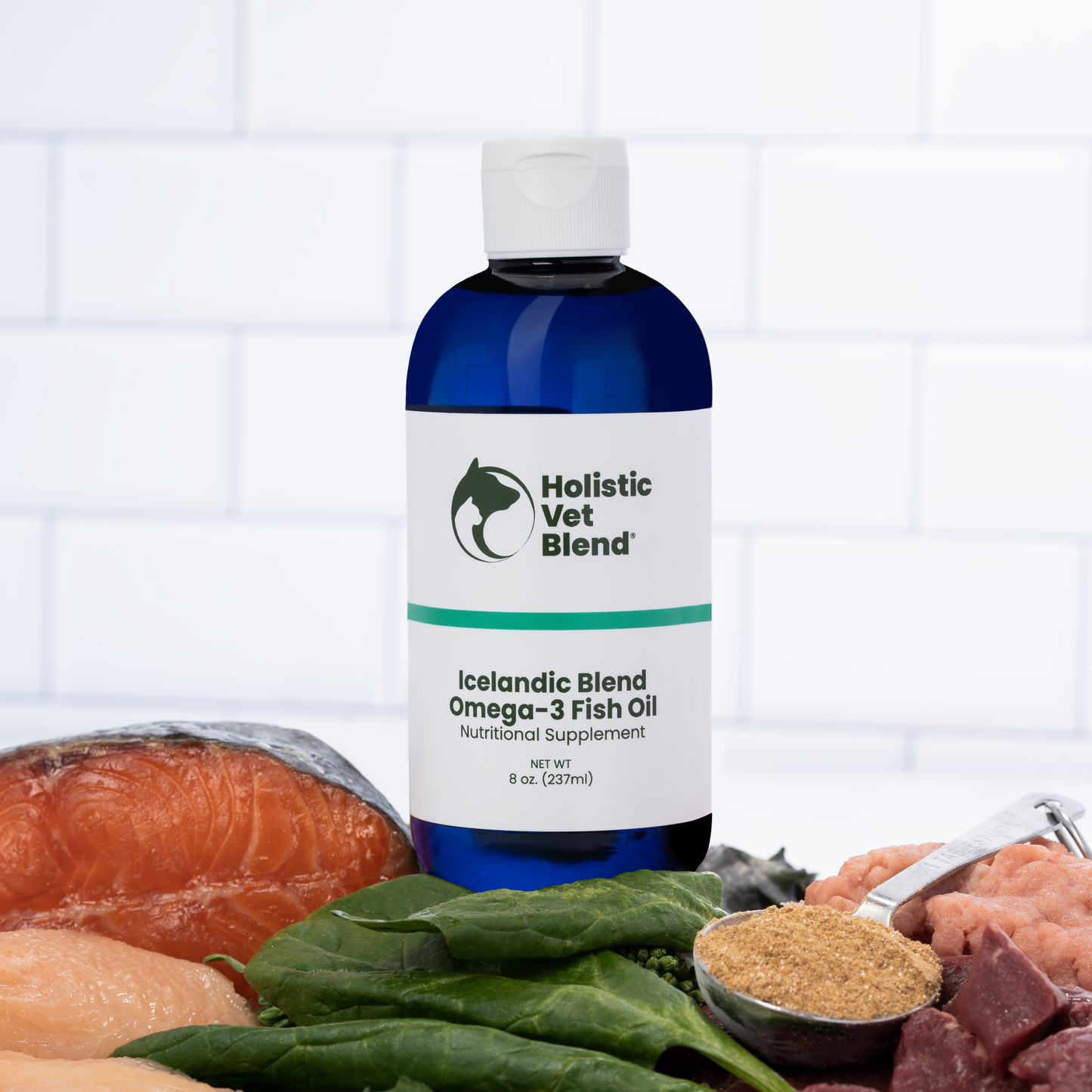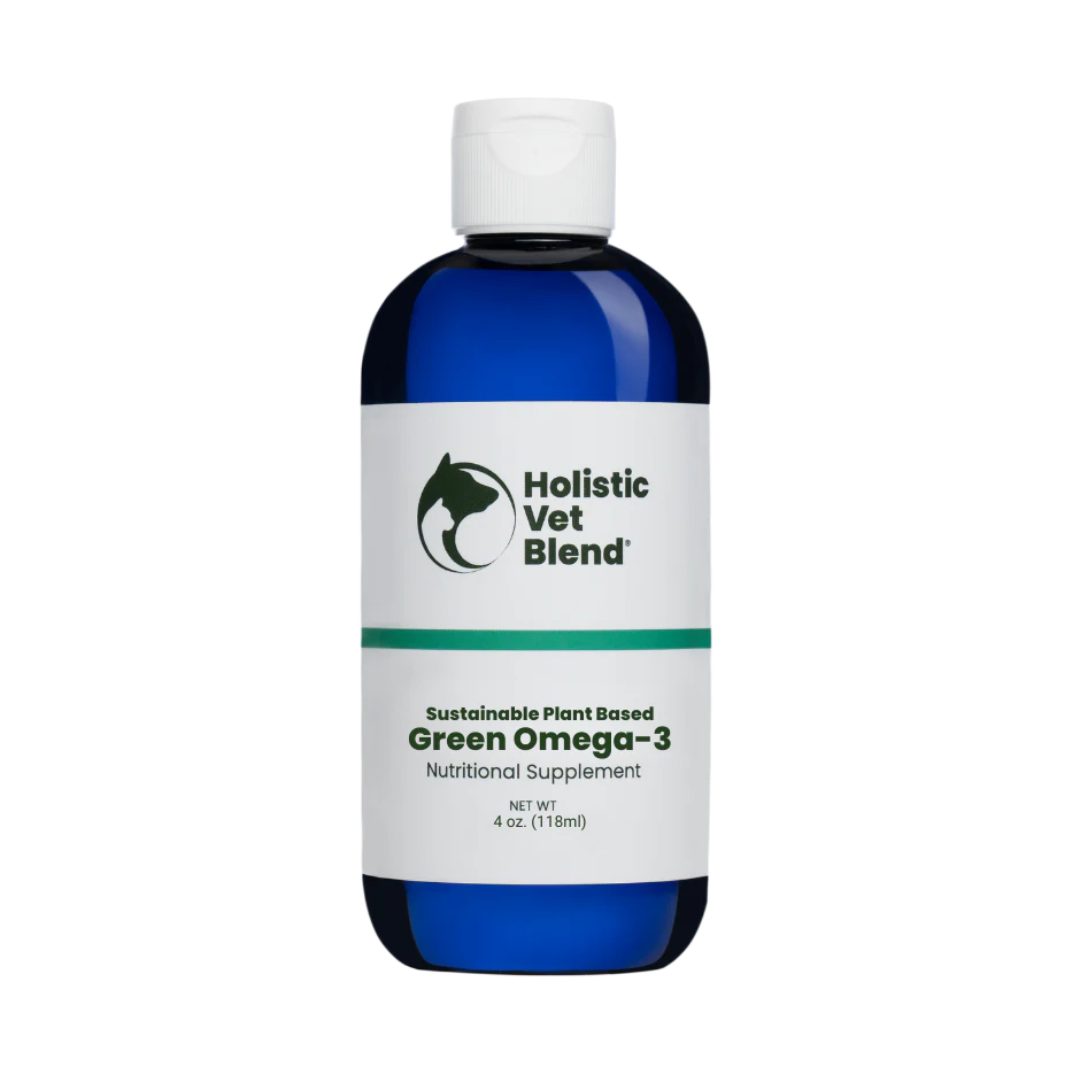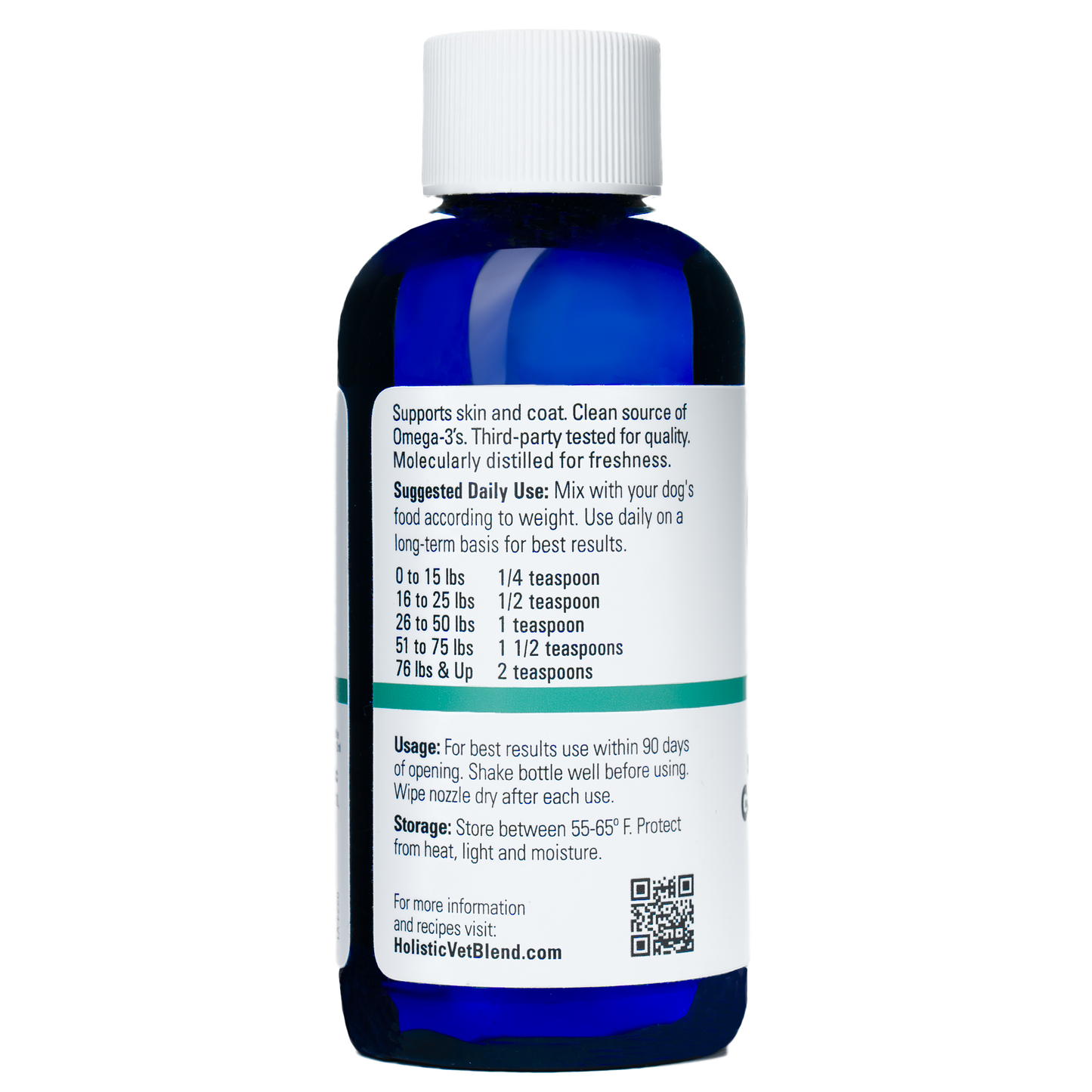
What You Need to Know Before Giving Your Dog Raw Bones
I'm embarrassed to say that when I graduated from veterinary school over 30 years ago, I was taught was how dangerous a raw diet was and that "crunching" on kibble would help keep a dog's teeth clean. It wasn't until I noticed that dogs that had a history of being fed a raw or fresh diet that included chewing on raw bones and turkey necks had less calculus like many of the kibble-fed dogs. Now I know this would be like thinking hard candy is going to clean our teeth!
While raw bones have many potential benefits for our dogs, they can also be potentially dangerous when not handled appropriately. So, let's look at our options and the benefits and potential risks of feeding raw bones to our dogs.
Types of raw bones
- Beef femurs
- Knucklebones
- Lamb shanks
- Chicken necks and backs
- Turkey necks
- Chicken wings
It's important to note that dogs should never be fed cooked bones. They can splinter easily and cause perforations in the intestines. Raw bones can do the same but are much less likely to do this.
Benefits of feeding raw bones
- Mental stimulation
- Exercise periodontal ligament/important for dental health
- Less plaque accumulation
- Source of calcium, trace minerals, and protein
Risks of feeding raw bones
- Bones can get caught on the jaw and the roof of the mouth
- Dogs can choke on bones
- Bones can splinter and cause perforations and intestinal blockages
- Risk of exposure to potentially harmful bacteria
- Can be messy, contaminate surfaces with bacteria.
5 Tips for Safely Feeding Your Dog Raw Bones:
- Choose the right type of bone for your dog. Look for bones that are large enough so your pup can't swallow them whole but also not too big that they have difficulty chewing or breaking them apart.
- Always supervise your pup when they are eating a bone and take it away from them if you see any signs of choking or discomfort.
- Provide plenty of fresh water after each meal containing a bone. This will help prevent dehydration and reduce the chances of developing kidney stones from excessive calcium intake.
- Feed raw bones on an occasional basis to supplement their regular diet, not as a substitute for daily meals and nutrition needs, as this could lead to nutritional deficiencies over time.
- Thoroughly clean up any spilled or splattered raw bones to prevent bacteria from spreading and cross-contamination.
In conclusion, while raw bones can provide a range of health benefits to your pup and make for an enjoyable snack, it is important to take into account the potential risks associated with feeding them. By following the tips for safe feeding provided above, you can ensure that your pup has a safe and healthy experience when giving them raw bones.
